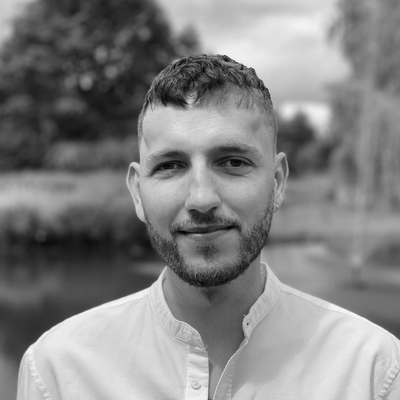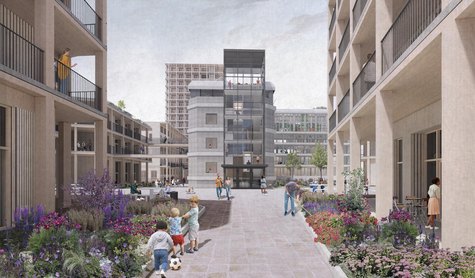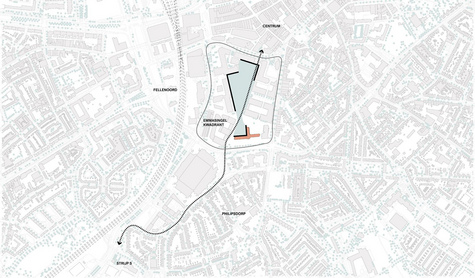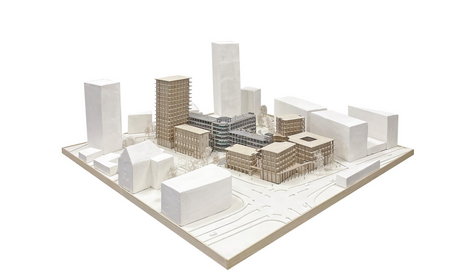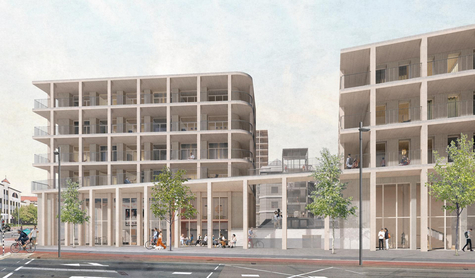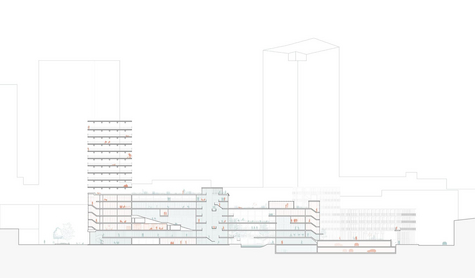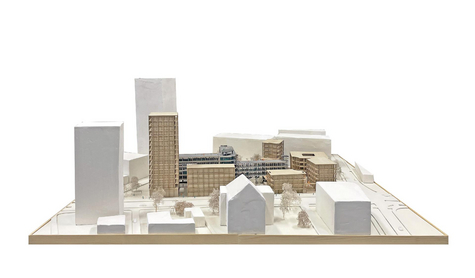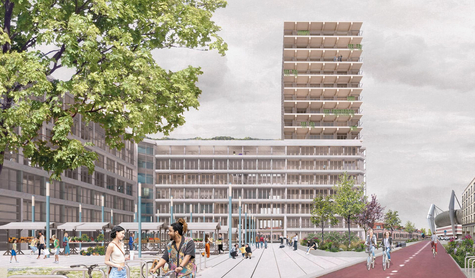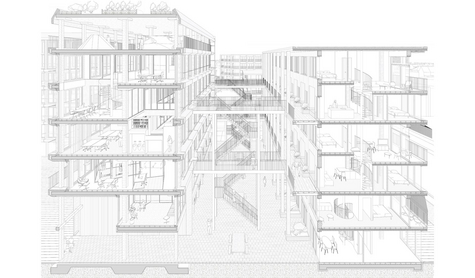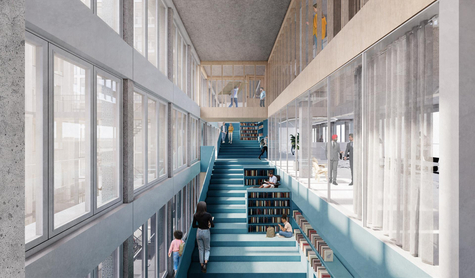Jesse Stortelder
- Contact
- LinkedIn
KARKAS VOL LEVEN
CARCASS FULL OF LIFE
A multicultural community in the current city centre of Eindhoven
The strength of a city is knowledge and diversity, and that certainly applies to Eindhoven. Due to the success of Philips and later the Brainport Strategy, Eindhoven changed in 100 years from a small village to a city where several multinationals are located. But at the end of the 20th century, Philips leaves the city. The Brainport strategy, a collaboration between companies, schools and governments, successfully absorbs this heavy blow. Brainport ensures economic growth and attracts many international knowledge workers to the city. Eindhoven is, just like a hundred years ago, a migrant city, but now it has its own problems. The flow of expats and international knowledge workers to the city creates a divide. New developments in and around the center, mostly fully furnished short-stay studio apartments, create islands of highly educated, internationally oriented residents. People tend to live more individually, experience loneliness and there is segregation. How can we transform the city to stimulate exchange between different people and cultures?
The HCZ, a former Philips office building that has stood like a concrete carcass in the city for 10 years, provides answers to the above question. After Philips left the city, the office building became vacant. In the years since, squatters have shown how an international residential community can arise in this place. In 2010, the squatters were driven out to make way for new developments at this location. The facade has been removed to make habitation impossible, and since then the HCZ carcass has stood abandoned in the center of the city for years.
By making the carcass accessible, the opportunity is created for an international community to establish here again. New homes around the HCZ increase the use and initiative for cultural and social activities in and around the building. Public routes connect the building with the new developments in and around the center. Collective routes provide a gradual transition from the busy city to where your front door is, and where you know your neighbors.
In the HCZ, public facilities are intertwined by collective spaces. The newly added residential buildings each interact differently with the existing building. This creates communal living rooms in the HCZ, and places for people to work or play sports together in other places. By living together and being responsible for the initiative of activities and use of the HCZ, a new community is created. This project is a plea to use the potential of existing real estate in cities to stimulate exchanges between different cultural groups. The project is an example of how we can transform the existing city to live more collectively. Demolishing and starting over is not always the fastest way forward. Let's learn from the past and use it for the future.
Graduation date: 13 June 2022
Graduation committee: Stephan Verkuijlen (mentor), Herman Kerkdijk, Alexey Boev
Additional members for the exam: Jarrik Ouburg, Ricky Rijkenberg
